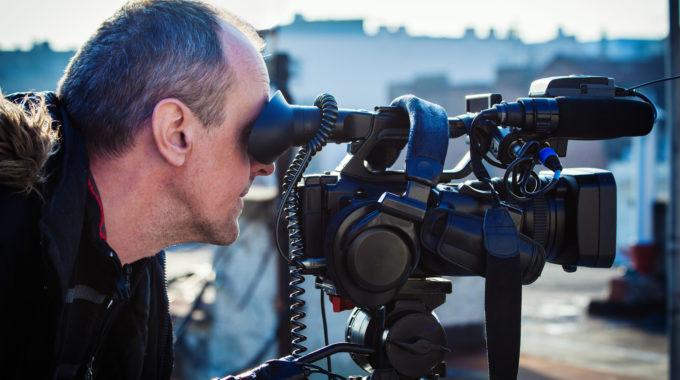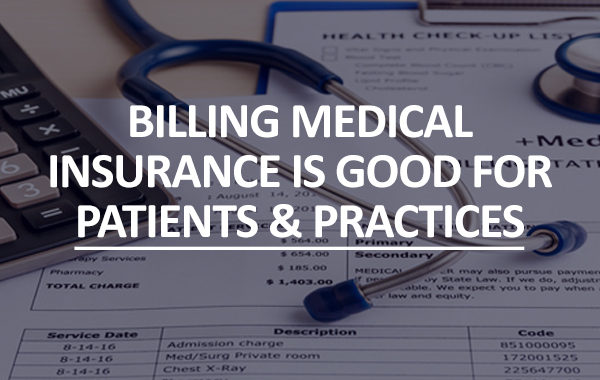
Does Advertising Work? Part 2
Dr. Richard Drake, Co-Founder of DS3
What have I done right? What do I wish I could get a “do over” on? What is generating the best ROI? Radio? TV? Google AdWords? Facebook AdWords? Or the good old-fashioned way through professional referrals?
Last month I reported on March and April. To recap: a slow start, but it picked up a bit in month two.
May, 2017: 148 calls, 125 NP appointments, 82 showed, and we made 59 dental devices from media generated leads alone. Wow! We actually turned a profit! 59 devices, wait let me do the math, $542 per device was our break even. (I took the last week of May off from radio and tv due to scheduling error so total spent was less).
June, 2017: 140 calls, 90 NP appointments, 55 showed, and we made 35 dental devices. The math: $1142 per device was break even. An unwanted downturn but still not bad. Because of the 10 days we did not do radio and tv, we did see a downturn in the number of calls for the first week of June. It then began to quickly pick back up.
The skinny:
Radio, TV, Adwords: they all work. And they work synergistically. The jury is still out on which one provides the best ROI, but my surprise is that the web is generating a lot more leads than I thought it would. So far, it appears that it is winning. We are in the process of reallocating some of the radio and TV spend to Adwords, and we’ll see how that pans out. It is unsure to me, but my guess at this point is that the radio and TV creates more awareness, and this in turn drives many patients to the web, where they then pick up the phone and call or actually click through to create a call back request. Stay tuned for more info, but know that we are at least trying to figure out what works best so we can help you be more successful.
A New Patient call template, one for diagnosed, and one for undiagnosed, is a valuable tool, and one you should consider using. It lives inside DS3, and you can contact us for more information at 877-95-SNORE x1.
What I’ve learned.
1. Dental sleep medicine patients are very heavily front end loaded. We have to do an unbelievable amount of work up front and the more of this we do the more likely we are to treat a patient.
2. Radio and TV advertising will generate calls for you.
3. Google and Facebook AdWords will generate calls for you.
4. No matter how much you prepare yourself, you will still be under-prepared for what comes.
5. It is difficult to accurately track exactly where a media lead comes from.
6. Media generated leads are difficult patients to get to show up.
7. We must treat diagnosed and undiagnosed patients with a very different approach.
8. We must treat in and out of network patients with a very different approach.
Dental sleep patients are different. You can’t treat them the same way you would a ‘normal’ dental patient referral. Logistics of gathering the appropriate information in a timely manner can be difficult. Not getting all the information requires a call back, and 70% of the time those calls go unanswered, and phone tag ensues. Email and texting are options we presently employ, but one must be cautious not to transmit sensitive health data.
About 15% of our calls are from Undiagnosed patients, and even though they are the least likely to show up, make sure to have a protocol in place to help facilitate getting these patients sleep tested. A diagnosed patient requires more work. If the patient is a D/I (diagnosed, in network), then we must capture their insurance information in order to do a VOB (Verification of Benefits). Patients want to know what their out of pocket cost is. We want to have a discussion about finances with the patient before we spend time chasing down the SS and LOMN. So our NP, D/I patient protocol mandates that my staff complete the appropriate template that I’ve created in DS3 (makes this process MUCH easier). Be aware that this process can take 10 minutes to complete.
I’m hoping that you have learned something that will enable you to launch a successful advertising campaign of your own. Remember to be patient; it takes time; prepare the proper protocols and rehearse repeatedly with your staff. Make more dental devices, and save more lives.


